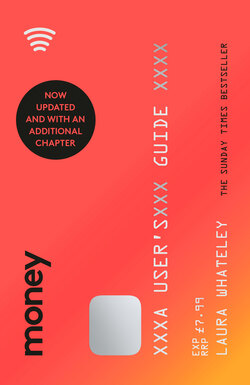Читать книгу Money: A User’s Guide - Laura Whateley - Страница 20
What is LTV?
ОглавлениеThe amount you can borrow in a mortgage is measured in a ‘loan-to-value’ rate, or LTV, as you will see on mortgage adverts. This is just the percentage mix of deposit and loan. If you had £20,000 cash and wanted to buy a £200,000 house, you would have a 10 per cent deposit, and need to borrow the remaining £180,000 to get your hands on it. That is you need to borrow 90 per cent of the property’s value, or 90 per cent LTV. If you had £180,000 cash and needed to borrow only £20,000 you would have a 90 per cent deposit, and would apply for a 10 per cent LTV mortgage.
Before the Crash it was common to see 100 per cent LTV mortgages. Northern Rock used to have 125 per cent LTV mortgages, which it scrapped in 2008. These existed because there was such general confidence that house prices were on a permanent climb. Banks are no longer so sanguine, though higher LTV loans have been creeping back onto the market aimed at first-time buyers.
There is a common rule in money matters that the higher the risk the higher the reward (see chapter on the stock market for more on this). If banks are taking a greater risk on you, stumping up £180,000 to lend to you rather than just £20,000, they want more of a reward, so you’ll pay more on top of the sum you want to borrow, generally in the form of interest.
